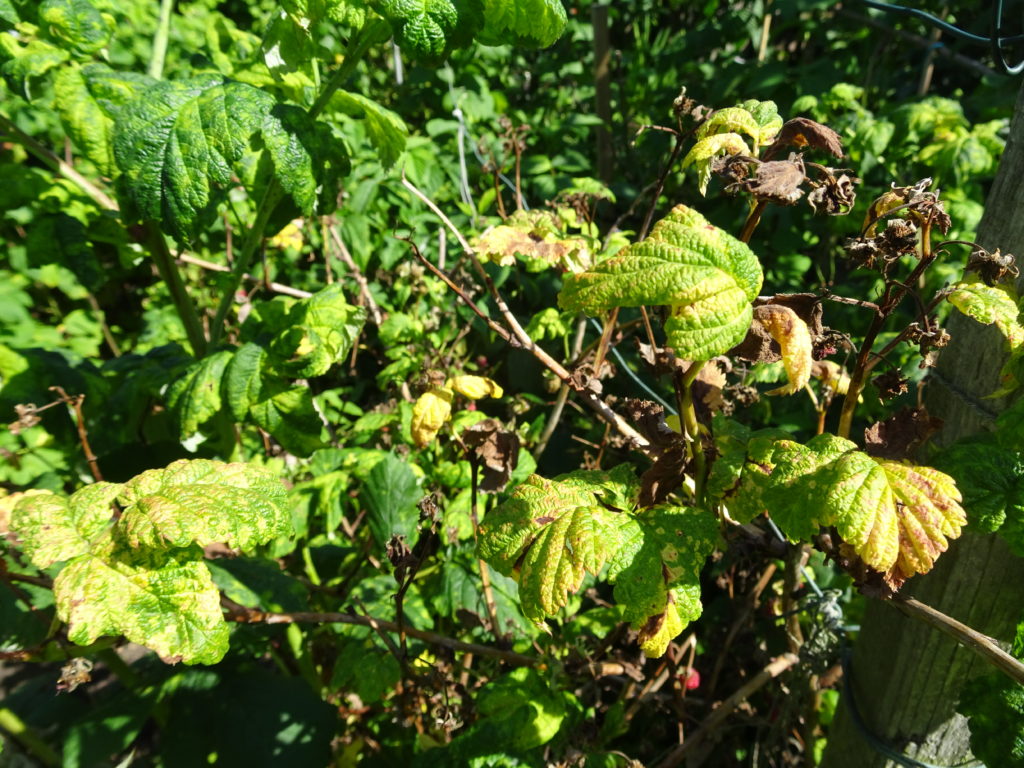Thank the Romans for Latin Names not Linnaeus
‘What else did the Romans do for us’ asks Monty Python. ‘All right, but apart from the sanitation, the medicine, education, wine, public order, irrigation, roads, a fresh water system, and public health, what have the Romans ever done for us? ‘ Well if you include Latin as a language they gave us modern gardening nomenclature.
What can Latin Names Tell Gardeners
- Latin names are full of information and can hide the secrets of where the plant is found or to which areas it is endemic. eg Cyclamen persicum, the Persian cyclamen.
- The name can show the colour, albicans or albus flowers will be whitish, virdis or virens will be green.
- A name prefixed with melano… caulon, melano… cococus, will be black, stemmed or berried respectively. Other plants with black features will follow this pattern.
- Fragrans means propensity for scent often sweet-scented and the best fragrantisimus is likely to be very fragrant
- Other horticultural information may include; flowering times,natural habitat or fruitfulness- fructifera.
- Latin for a shady place sylvestris or woodland in the name ending will show where a plant will be happiest.
- Plants that are named after the shape of their leaves like palmate.
- The time of year that they flower as in vernalis of spring.
- Melleus in the name pertains to honey and will likely attract bees and other insects.
- There are numerous other identifiers and features in Latin based plant names but you just need a learn a few (and a book or PC) to enjoy the skills of plant selection.
So Monty Python was on the right lines but ‘he is a very naughty boy’ of he doesn’t learn some gardeners Latin.


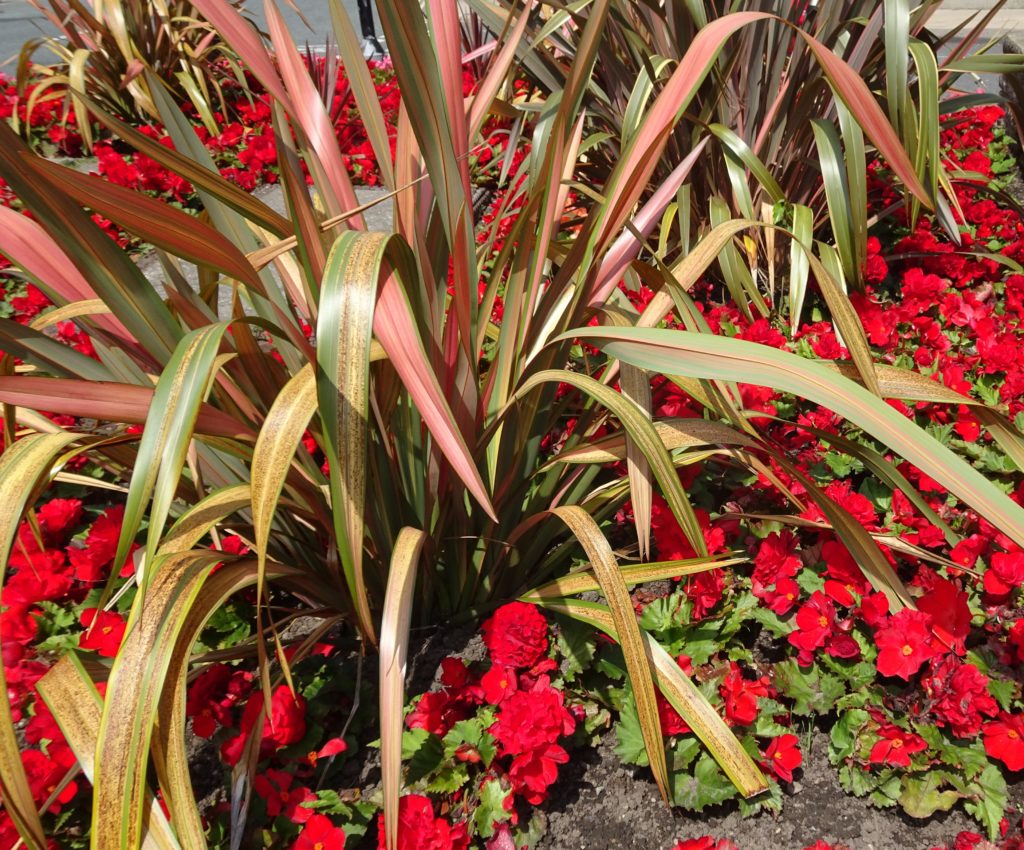
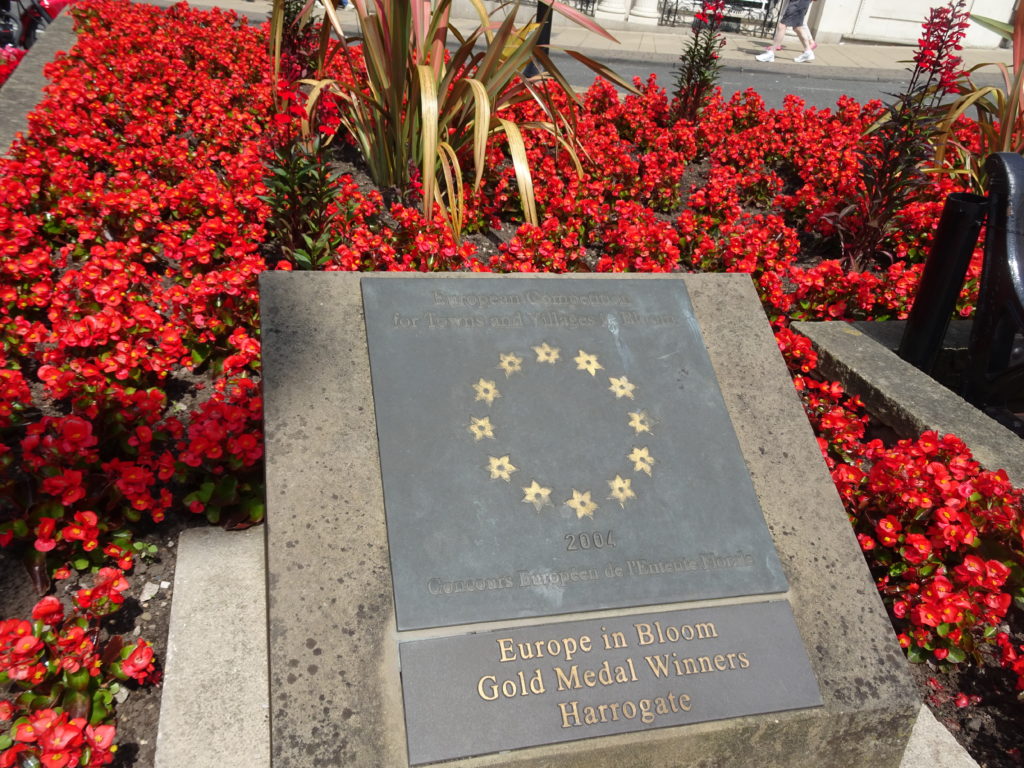


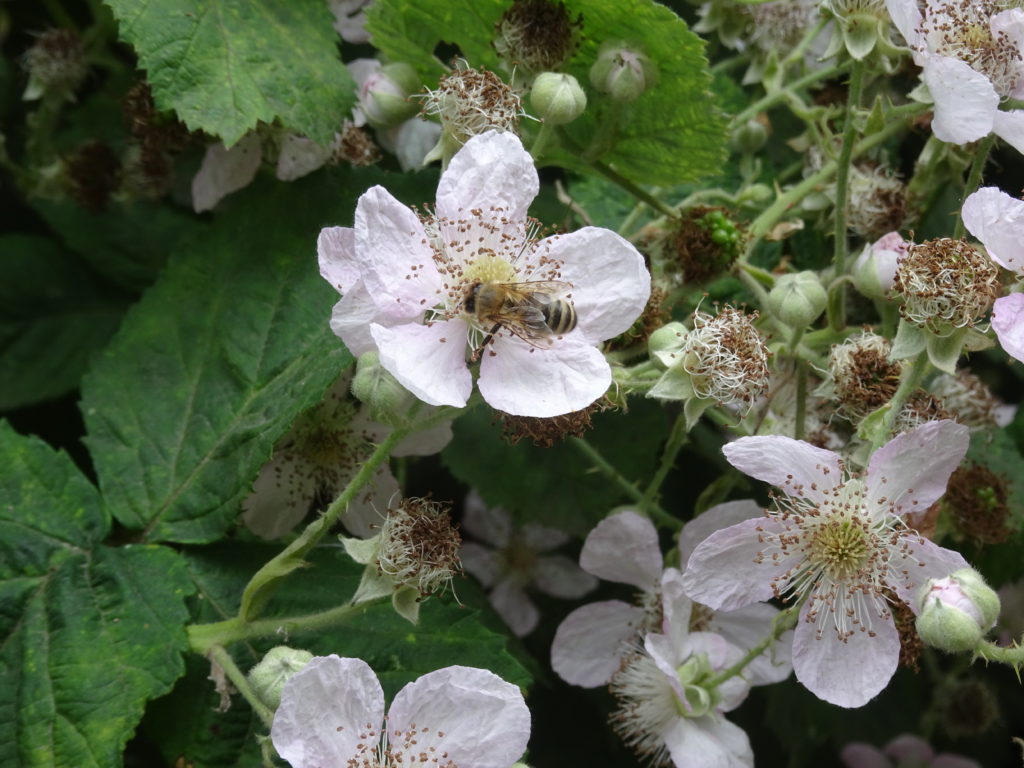
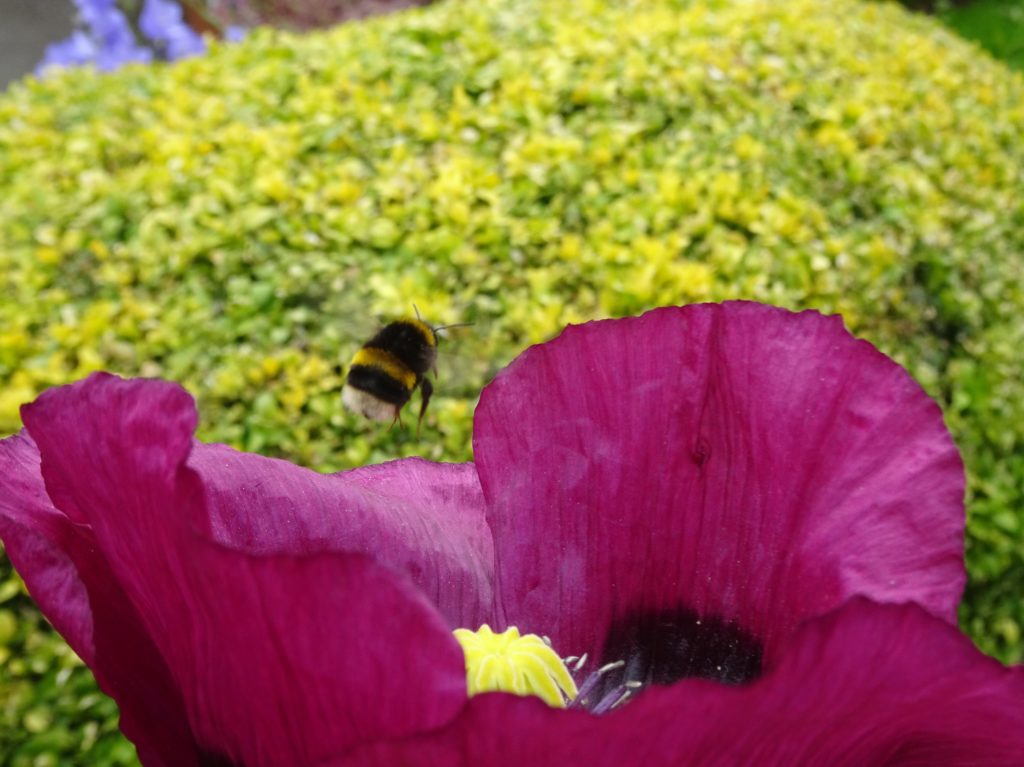
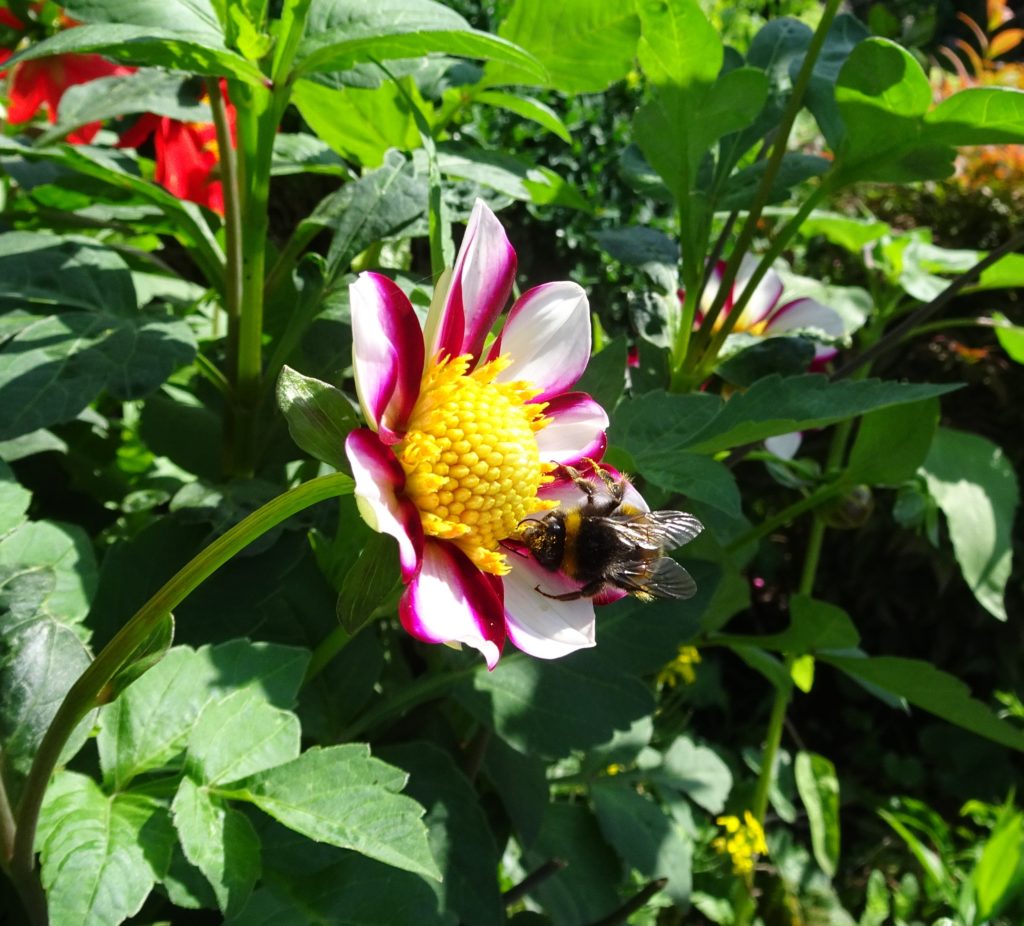



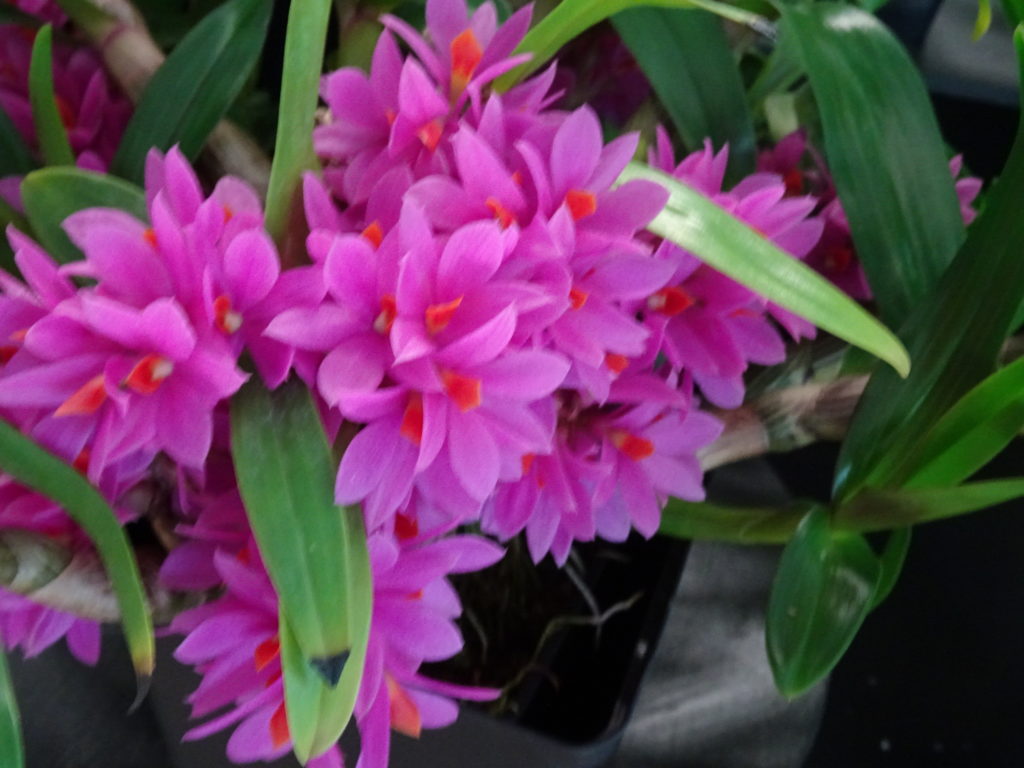
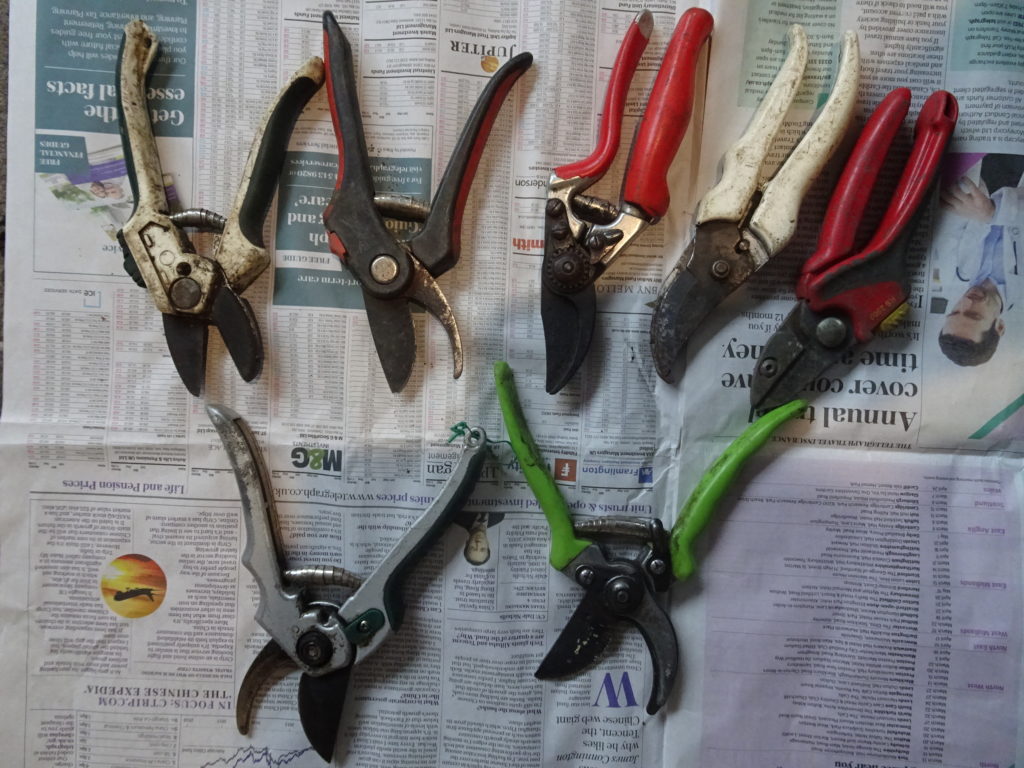
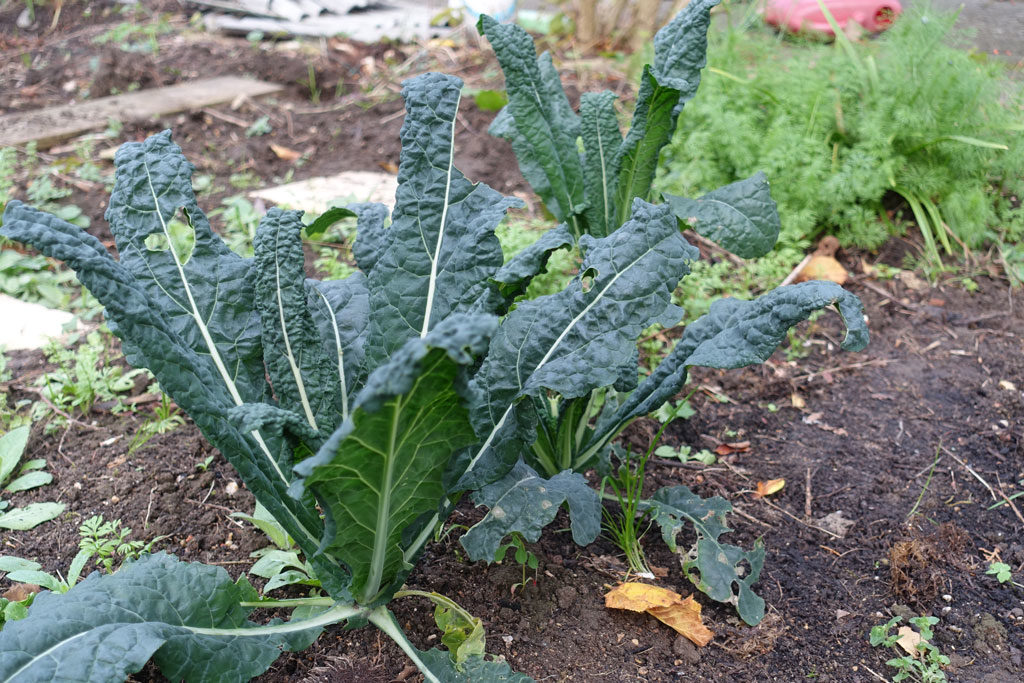
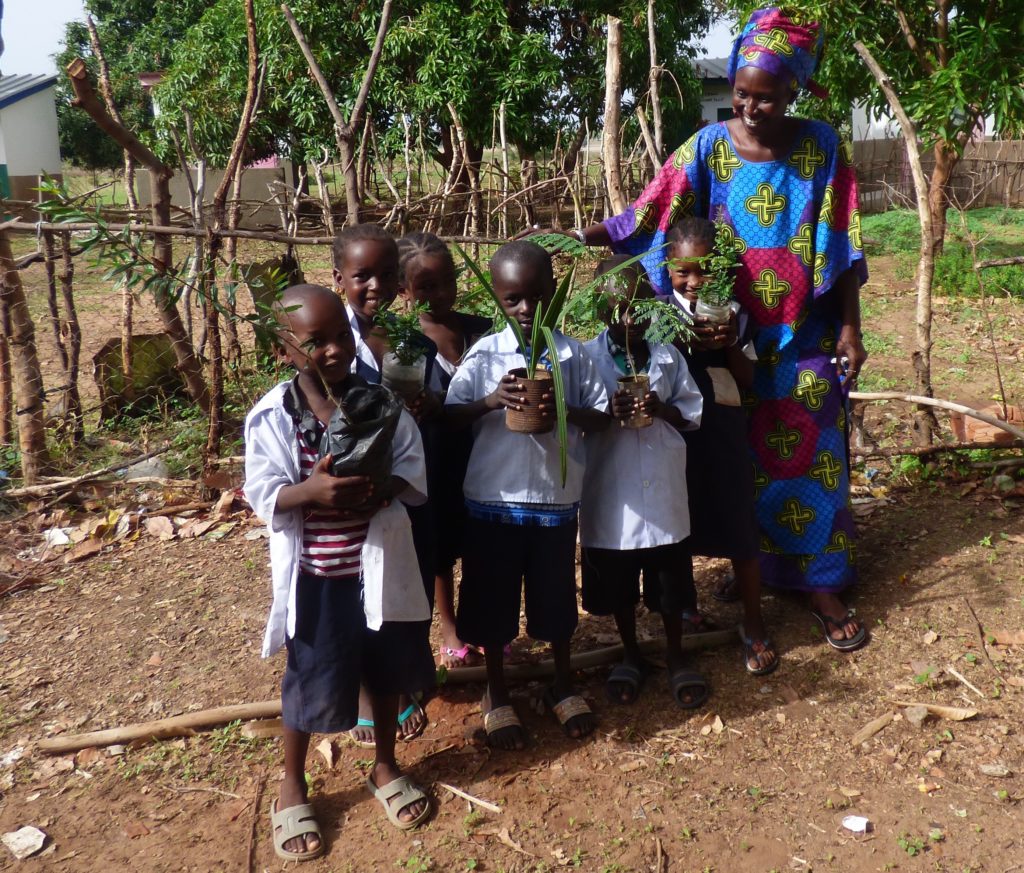

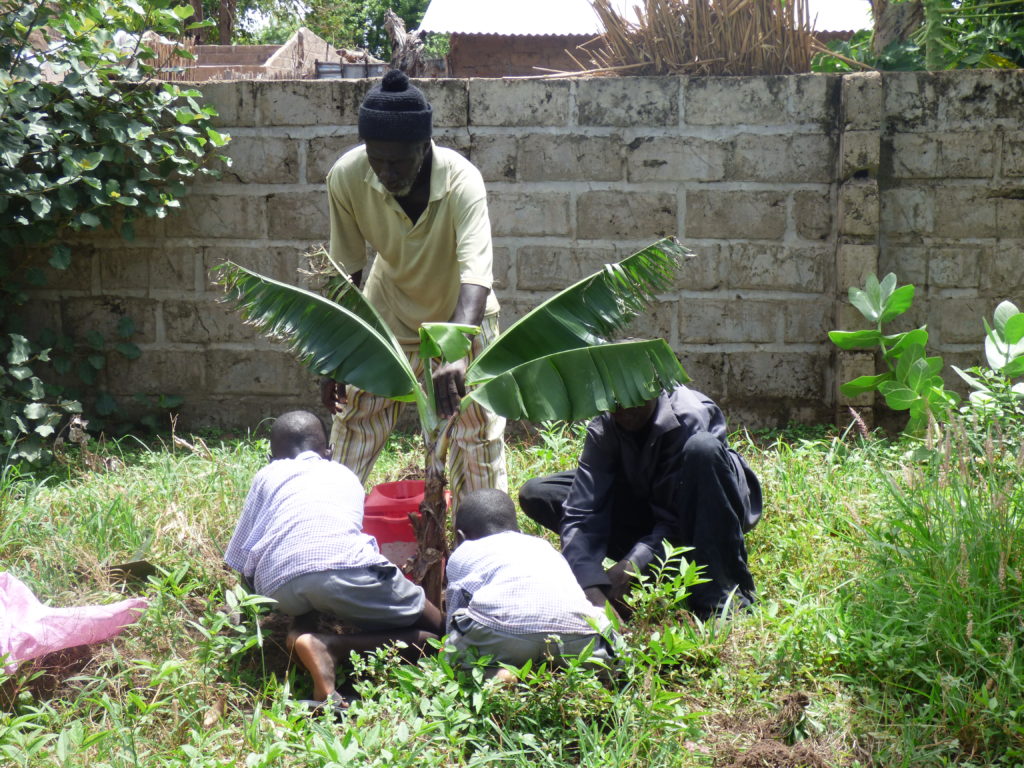


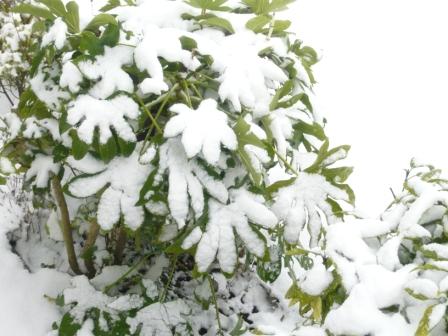
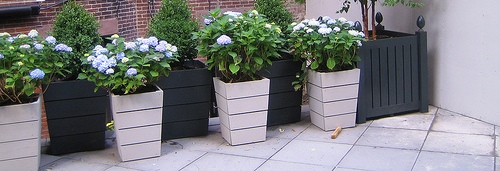
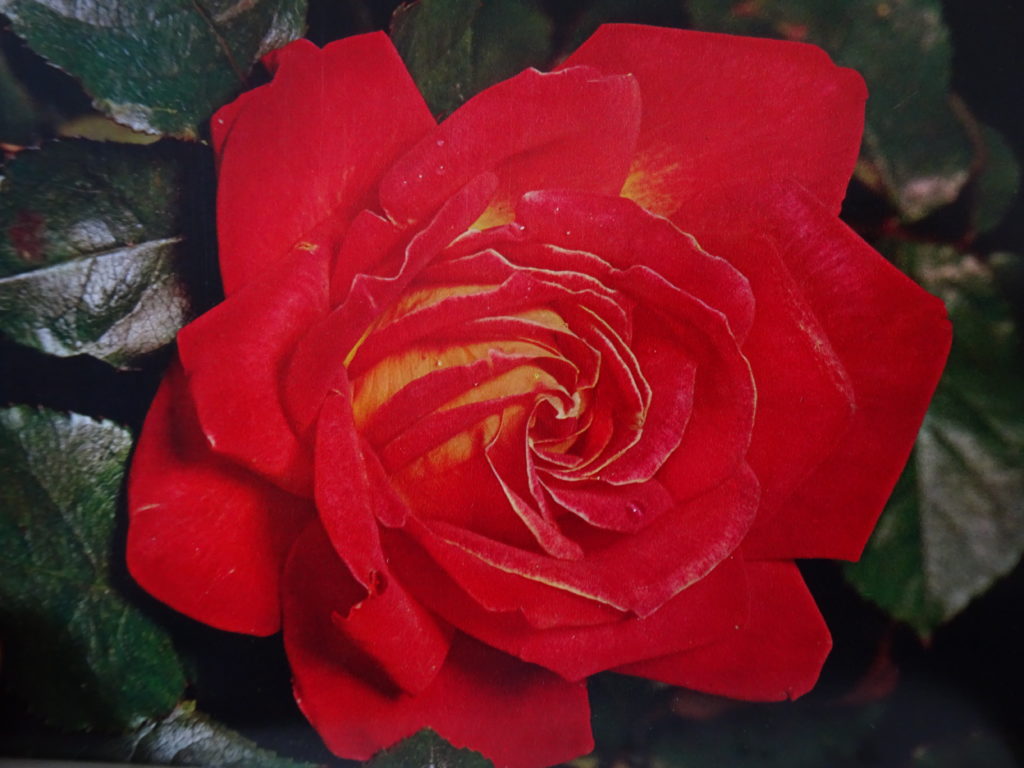

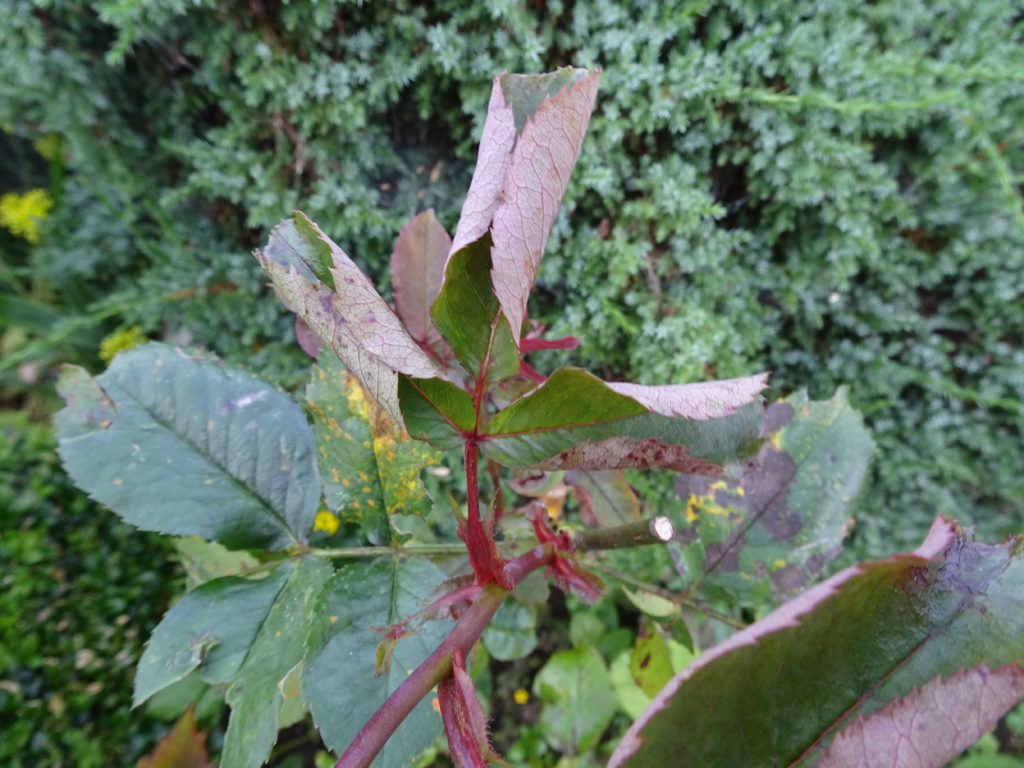
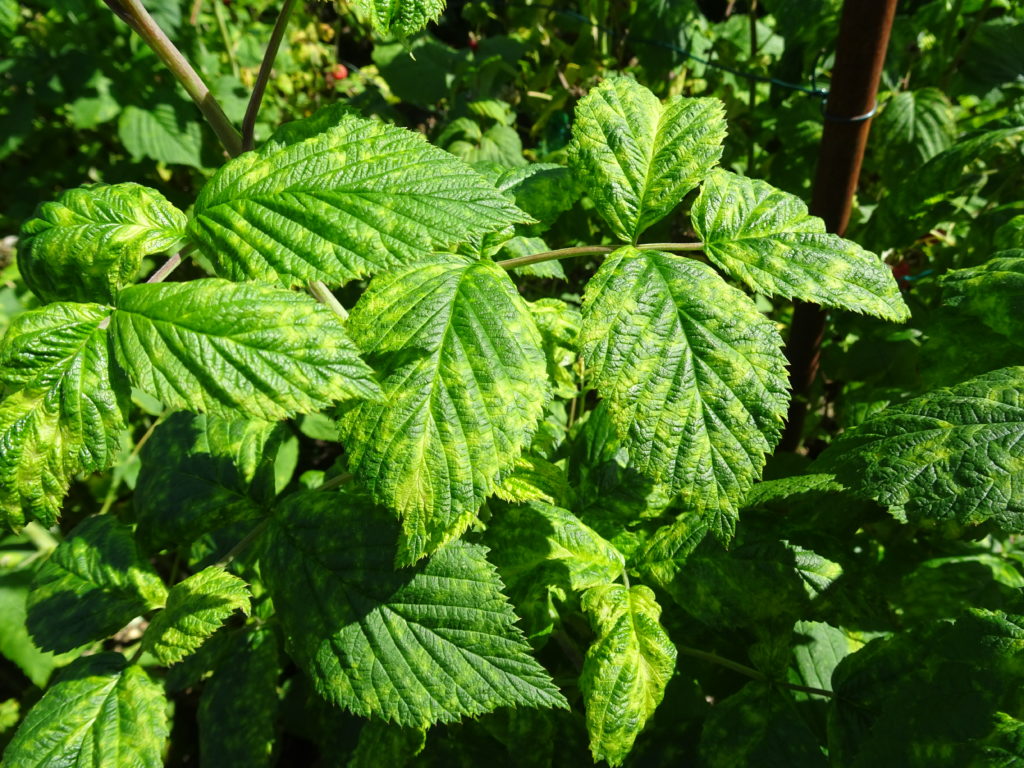 A virus has struck my favourite raspberries and the leaves have gone mottled. The light lemon green could have been a sign of magnesium deficiency but that turns out to be wishful thinking on my part. One variety partially effected last year is now in full denial and full of virus (its not just raspberry flu either.)
A virus has struck my favourite raspberries and the leaves have gone mottled. The light lemon green could have been a sign of magnesium deficiency but that turns out to be wishful thinking on my part. One variety partially effected last year is now in full denial and full of virus (its not just raspberry flu either.)